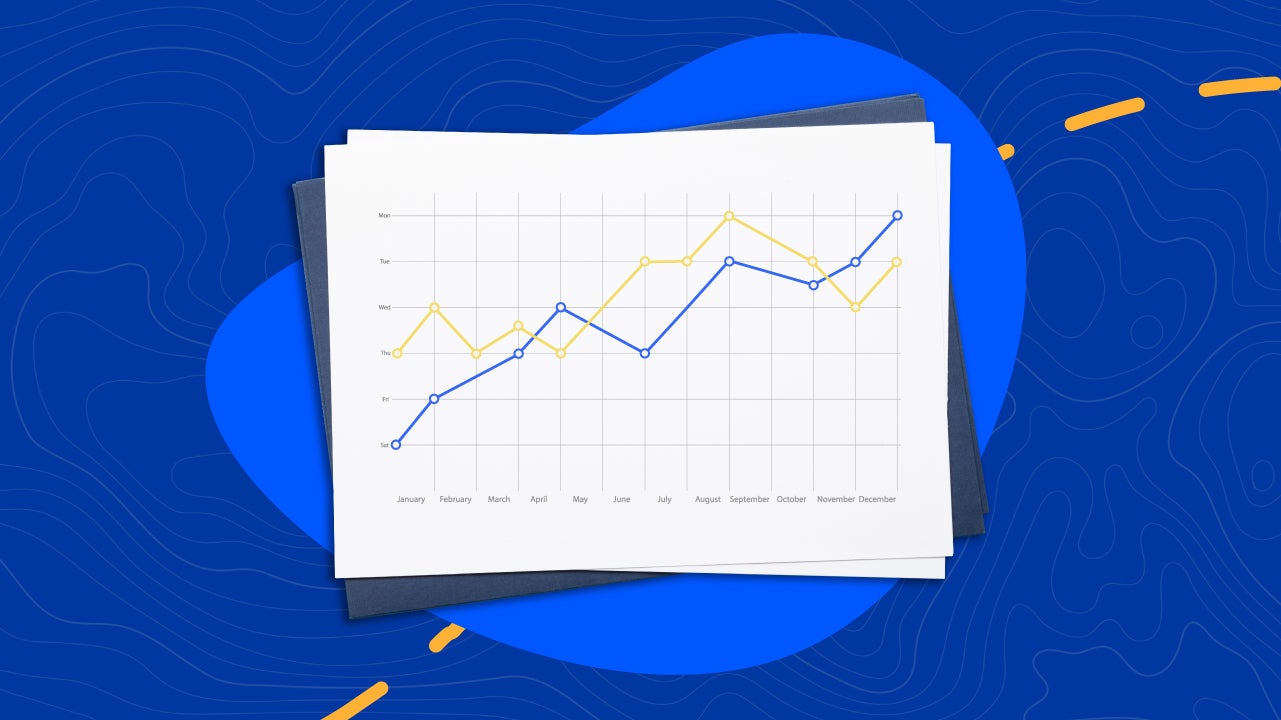
Investing in mutual funds is more convenient than buying equities directly. They’re more diversified, risk-mitigating, and don’t necessitate as much active monitoring of share price swings.
But that is a broad knowledge of things, and it is, to be honest, insufficient. When it comes to mutual funds, you will be presented with a plethora of options. Choosing a suitable scheme from this list necessitates a deeper understanding.
However, before diving into their finer points, you need to be aware of the two main categories of mutual funds: active and passive.
While the former has a better chance of higher rewards, the latter has a lower risk. Passively managed mutual funds include index funds. Index and mutual funds differ primarily in investing purpose, pricing, and management style.
It’s easy to get mixed up between what “mutual fund” and “index fund” mean. The phrases “mutual fund” and “index fund” refer to two different types of funds: “mutual fund” refers to a fund’s structure, while “index fund” refers to a fund’s investing approach.
Many index funds are established as mutual funds, but not all of them are, and many mutual funds are index funds. In general, an “index fund” is a fund whose investments closely mirror a market index, whereas a “mutual fund” is a broad category of investment funds that follow various investment strategies.
A financial advisor can help you comprehend the similarities and differences between mutual funds and index funds to make an informed investment decision. Let’s have a look at the key differences.
Expense Ratio
From an investor’s standpoint, the most significant distinction between index funds and mutual funds is their operational costs. The expense ratio is the annual cost of administering these funds’ operations. This is calculated as a proportion of a scheme’s AUM (assets under management).
As previously stated, actively managed mutual funds require fund managers to conduct substantial industry research regularly. Following that, they select securities from which to mobilise available assets. This is why such funds’ expenses are appropriately high.
Because index funds are passively managed, a fund manager’s involvement is minimal. As a result, these mutual funds have low expense ratios. These fees, however, differ amongst fund firms.
Performance
The performance of mutual funds and index funds will be compared under various market scenarios, revealing a significant difference between the two.
Actively managed mutual funds, particularly equity-oriented funds, seek to outperform market benchmarks. This is the goal that fund managers achieve through combining and contrasting holdings. During market downturns in many industries, these funds beat the market and provide higher returns. Most of the time, however, this is not the case.
Index funds have a track record of outperforming actively managed funds in more than 80% of cases. This is due to the former’s attempt to replicate high-performing benchmarks such as the Nifty 50. Rather than outperforming their underlying index, they tend to mimic it.
This is why most investors like to mix active and passive mutual funds in their portfolios. Better returns from one can thus compensate for the loss from the other.
Investment and management style
Fund allocation and management are the key differences between index funds and other mutual funds. Actively managed mutual funds require fund managers to choose the asset mix and investment proportion. As a result, the success of these funds is strongly reliant on the fund manager’s expertise, bias, and skill set.
On the other hand, index funds are managed passively. These funds invest in the same units in the same proportions as major benchmarks like the Nifty 50. As a result, these funds use their underlying benchmark as a framework for investment and tend to mimic its characteristics. As a result, index funds provide a more hands-off approach to investing.
Risk
There is no such thing as a risk-free mutual fund investment. Because an index fund is a mutual fund, market volatility has a significant impact. The type of risk is one of the distinctions between index funds and mutual funds.
The market capitalization of the assets mainly determines the risk in actively managed mutual funds. Large-cap funds, for example, are known for providing consistent returns with little volatility. Medium and small-cap funds are used in a more active investment strategy. These funds invest in units with a strong potential for growth, resulting in larger returns. At the same time, they are far more volatile than large-cap stocks and can result in significant losses in a downturn.
Complexity
When choosing an Active Fund, an investor must conduct a considerable study before deciding. Before investing, consider past returns, fund manager performance, total AUM, and other factors.
Index funds that monitor the same index, on the other hand, tend to have similar returns. It’s straightforward because the decision is primarily based on the expense ratio and tracking error.
Final Thoughts
Both index funds and mutual funds can assist you in achieving your financial objectives, but they do it in very different ways. With one, you’ll enjoy hands-off, passive investment with consistent returns. On the other hand, you’ll have an actively managed fund that may be able to outperform the market in some instances.
